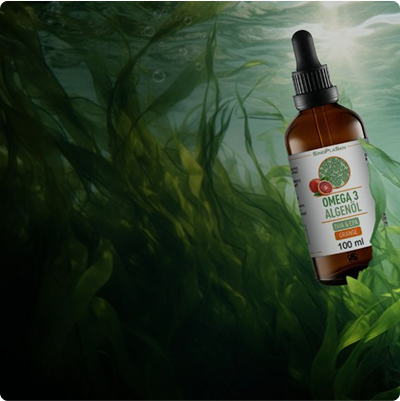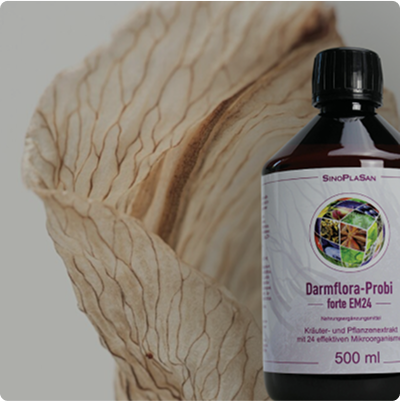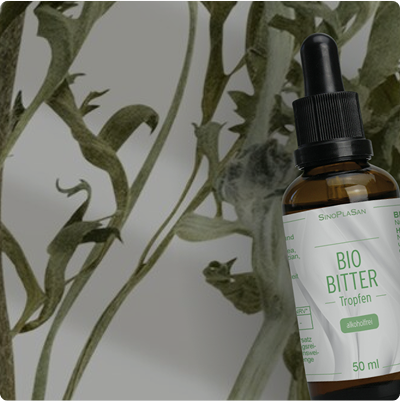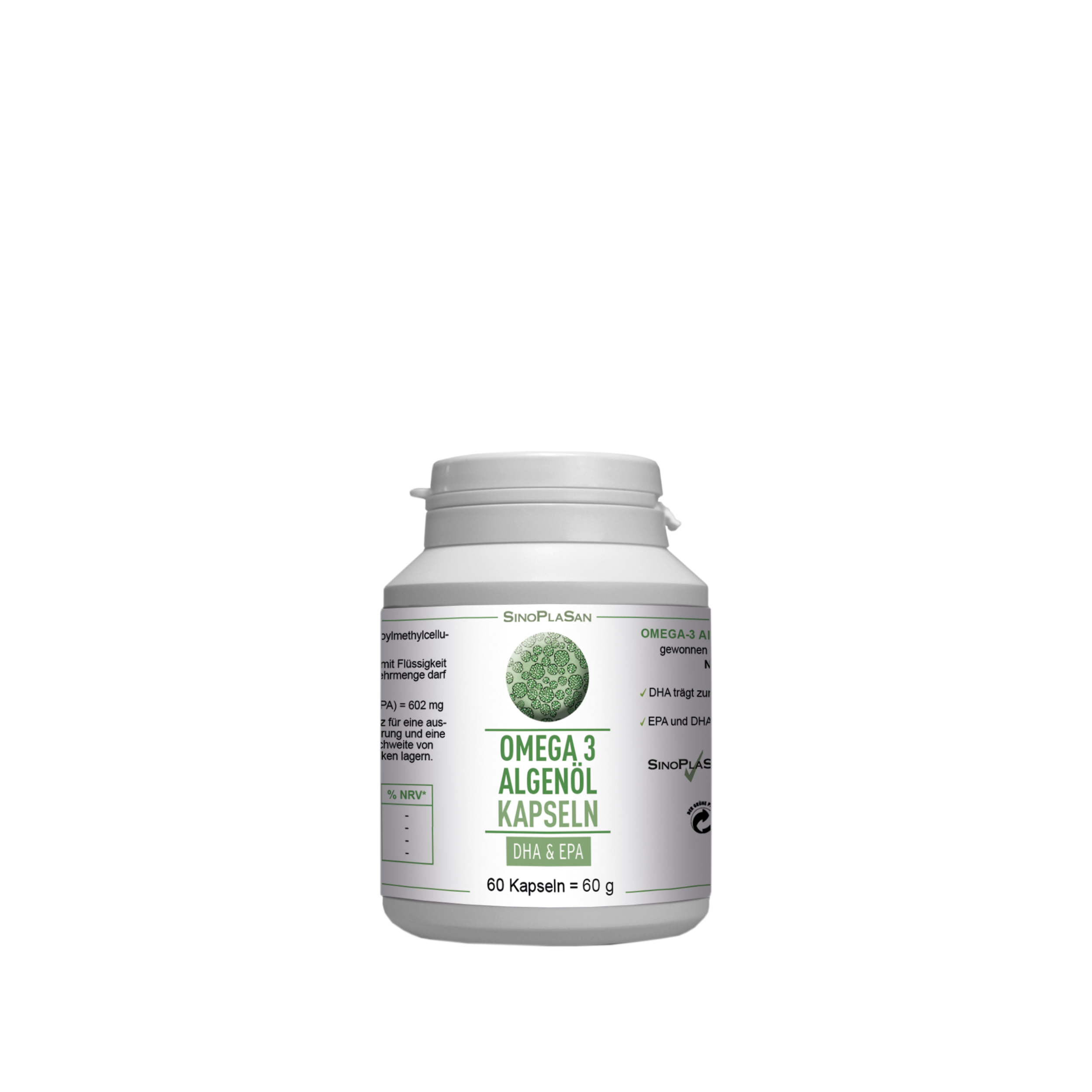
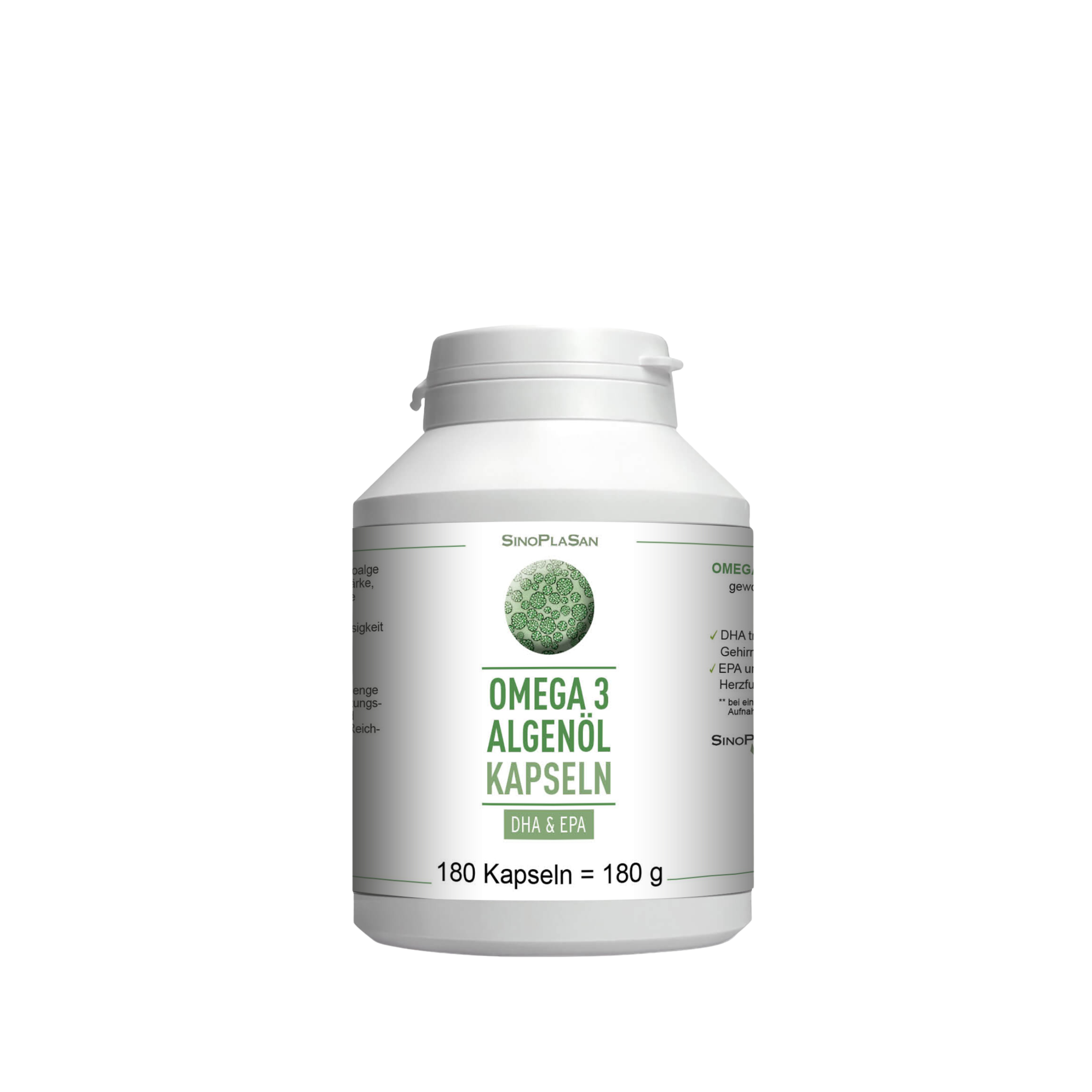


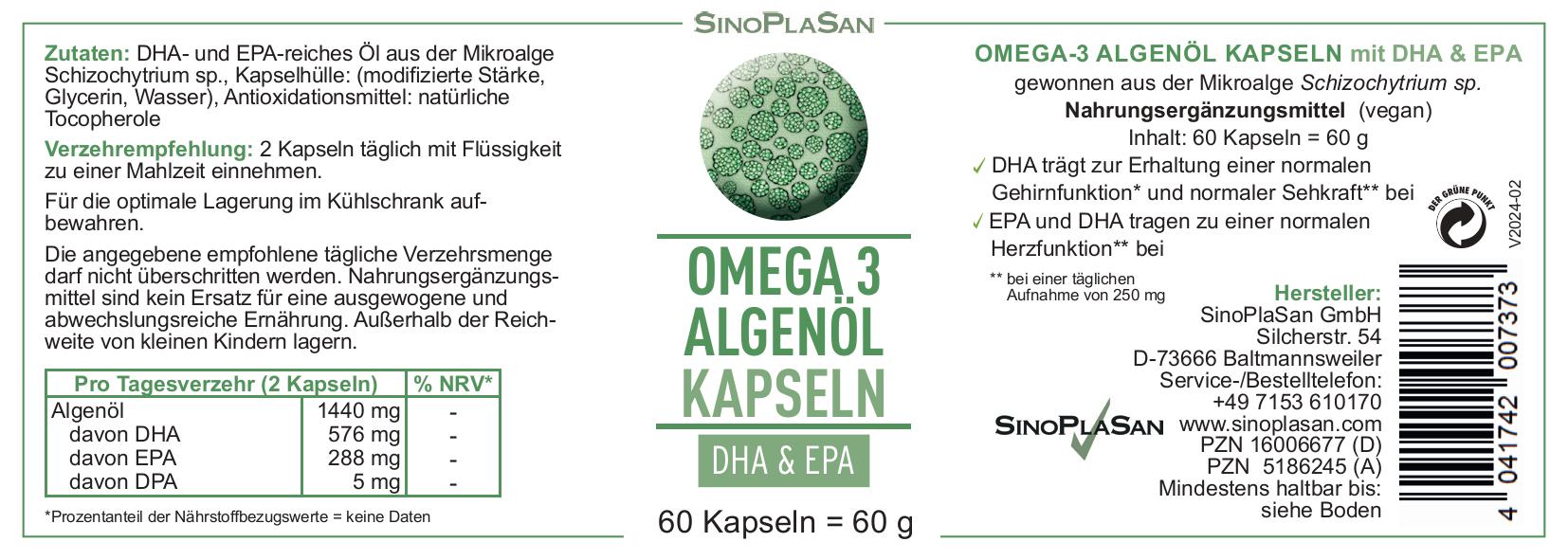
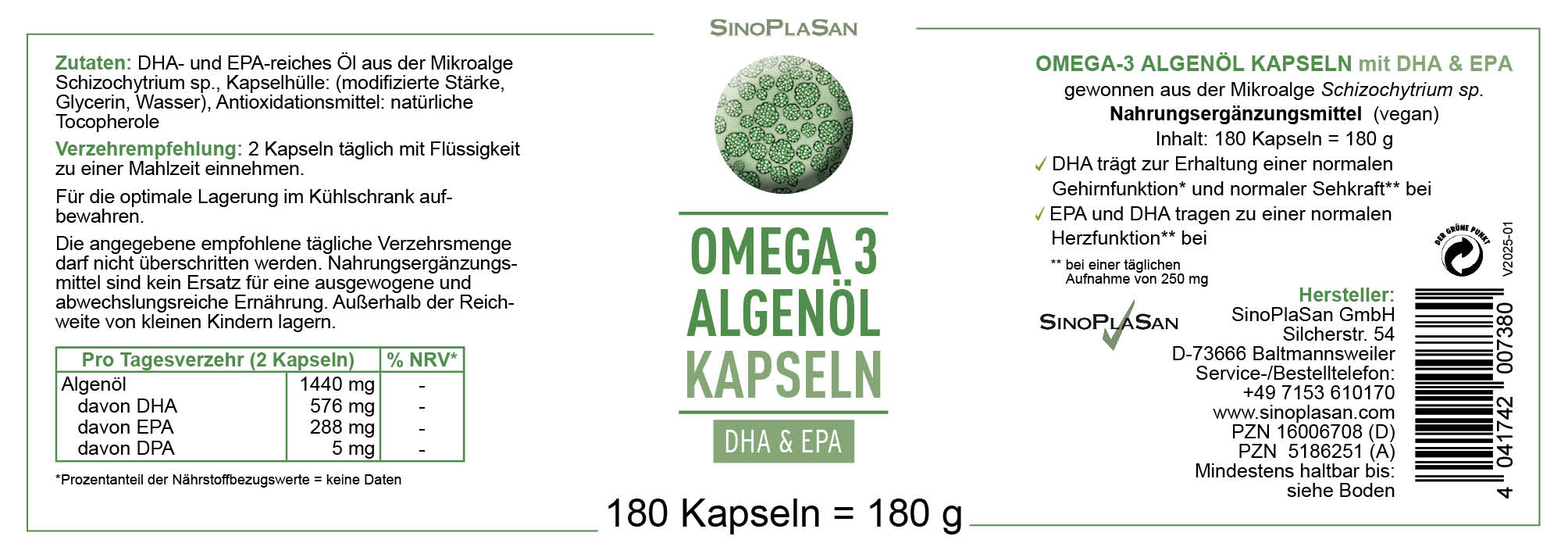
Omega-3 algae oil DHA+EPA
Tax included. Shipping calculated at checkout
Rich in omega-3 fatty acids
Premium dietary supplements
Rich in omega-3 fatty acids
Premium dietary supplements
-
gluten free
-
lactose-free
-
vegan
-
GMO-free
-
without undesirable additives
-
sugar free


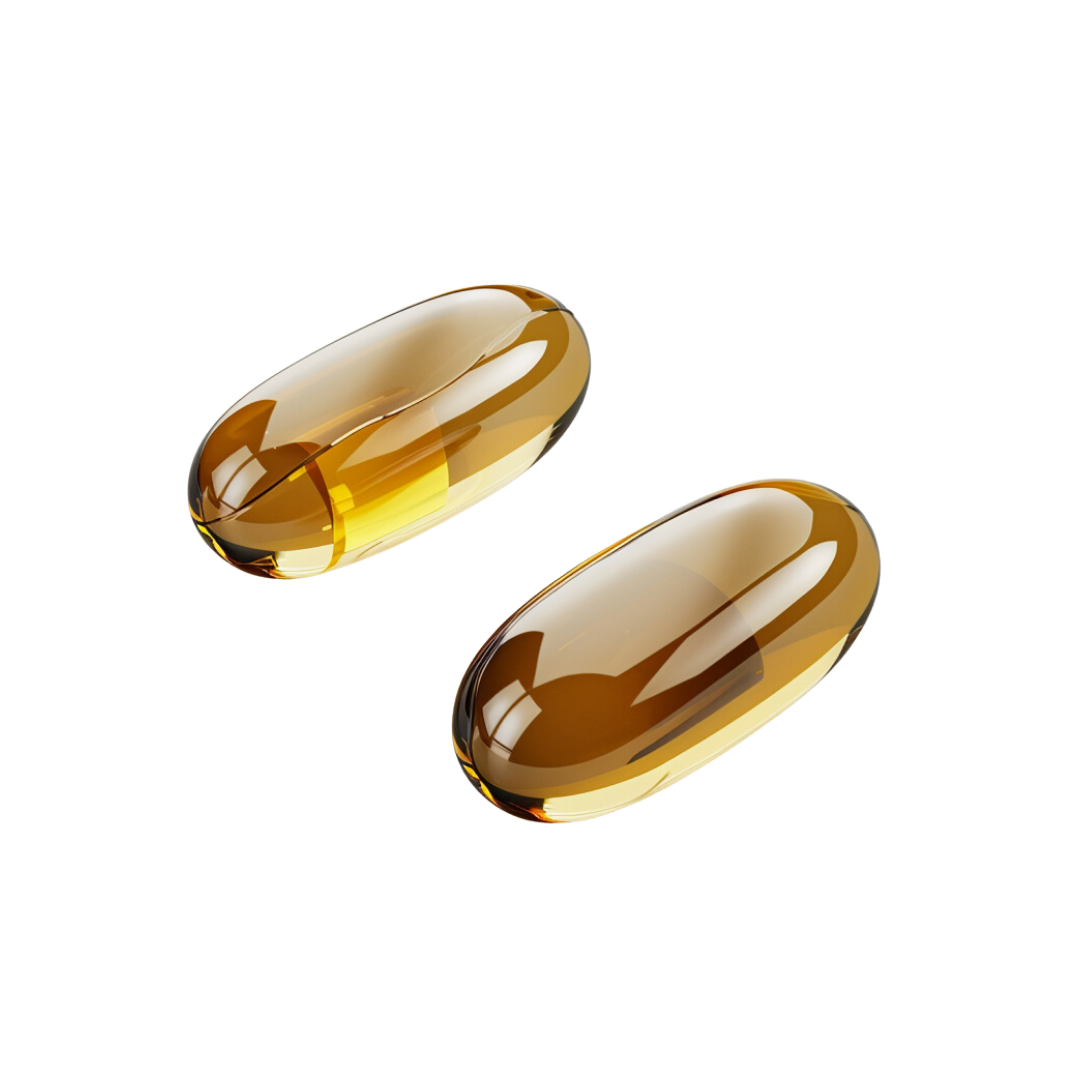
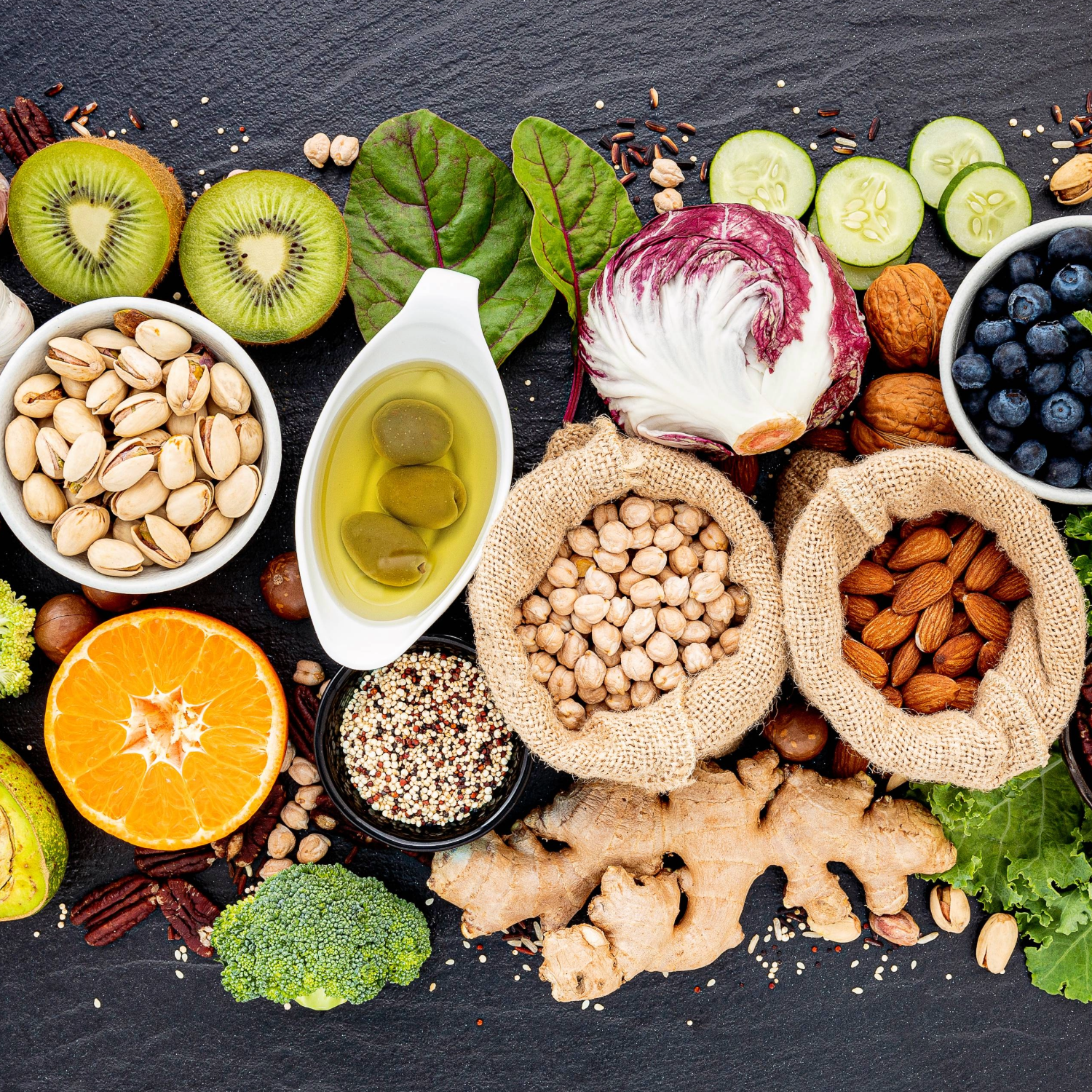
Comparison of pure Omega-3 algae oil and Omega-3 algae oil capsules
Give your customers useful information about your products and showcase differences between them.
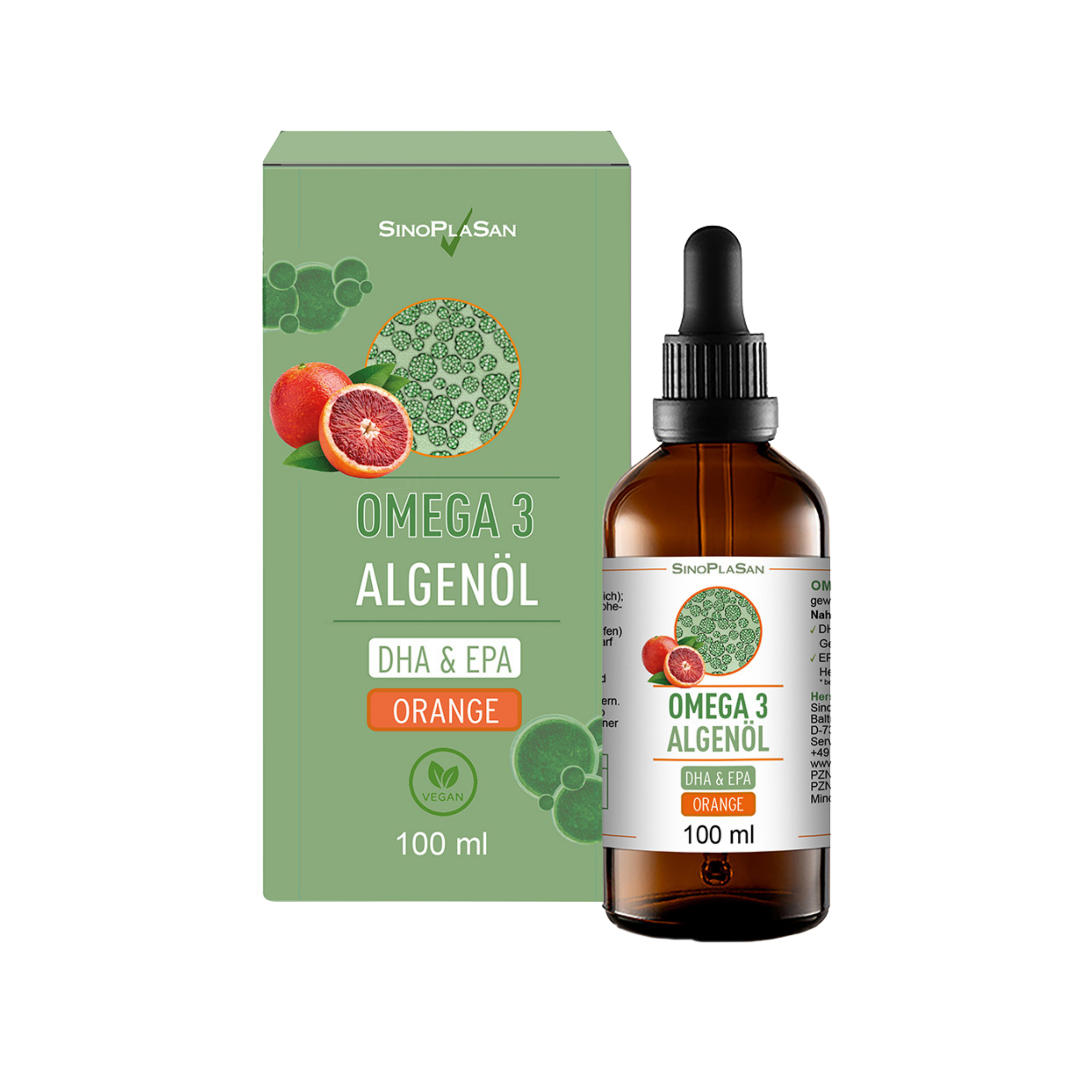

Liquid Omega-3 algae oil allows for customizable dosing, allowing you to adjust the amount precisely to your health needs. This is especially useful if you have specific health goals.
Omega-3 algae oil capsules offer a convenient solution because they contain pre-dosed amounts of omega-3 fatty acids. This makes them straightforward and time-saving to use, especially if you prefer a clear and simple way to take them.
We offer liquid Omega-3 algae oil in three delicious flavors: orange, apple, and cherry. These flavors make taking it more pleasant and mask the natural algae taste.
Omega-3 algae oil capsules are tasteless and can mask the natural algae taste and smell of the oil.
12 months from date of manufacture, once opened keep refrigerated and consume within 3 months.
12 months from date of manufacture, after opening ideally also keep refrigerated and consume within 3-4 months.
Omega-3 algae oil in liquid form can be consumed directly. Our bottles allow for easy dosing, making it particularly user-friendly. The liquid oil can also be stirred into food or drinks as long as they are no longer hot.
Omega-3 algae oil capsules are easy to take and require no special preparation. They are ideal for people on the go or looking for a convenient solution.
Pure omega-3 algae oil is generally more cost-effective, especially if you buy it in larger quantities. This can be a cost-effective option.
Omega-3 algae oil capsules are more expensive than pure algae oil because the production of the capsules and the special processing affect the costs.
questions and answers
What should I take algae oil for?
Why algae oil instead of fish oil or krill oil?
Why does the algae oil taste slightly "fishy"?
The product smells "fishy" to most noses, but the fish doesn't actually smell "fishy" either, but "like algae". These algae give the fish the "fishy" odour that we think it has. This actually means that fish should also smell "like algae" and not "fishy".
What is the "bubble" in the algae oil capsules?
The "air bubble" in the algae oil capsules is not air, but nitrogen. As the capsule shell, which is made of vegetable cellulose, cannot be completely filled with the algae oil for technical reasons, an air bubble would form. As this air bubble or the oxygen would stimulate oxidation, i.e. spoilage of the oil, nitrogen is blown in instead to displace the oxygen. We have developed this complex, highly innovative production method to ensure the highest oil quality.
What should I take algae oil for?
Why algae oil instead of fish oil or krill oil?
Why does the algae oil taste slightly "fishy"?
The product smells "fishy" to most noses, but the fish doesn't actually smell "fishy" either, but "like algae". These algae give the fish the "fishy" odour that we think it has. This actually means that fish should also smell "like algae" and not "fishy".
What is the "bubble" in the algae oil capsules?
The "air bubble" in the algae oil capsules is not air, but nitrogen. As the capsule shell, which is made of vegetable cellulose, cannot be completely filled with the algae oil for technical reasons, an air bubble would form. As this air bubble or the oxygen would stimulate oxidation, i.e. spoilage of the oil, nitrogen is blown in instead to displace the oxygen. We have developed this complex, highly innovative production method to ensure the highest oil quality.
How is the algae oil produced?
Our algae oil is extracted from the microalgae Schizochytrium sp. This microalgae is naturally very rich in the omega-3 fatty acids DHA (docosahexaenoic acid) and EPA (eicosapentaenoic acid). Schizochytrium sp. is cultivated in sterile fermentation tanks. After a cooling and resting phase, physical separation takes place using a 3-phase centrifugal process. The algae oil is produced without the use of chemical solvents and in the absence of oxygen and light.
Where is the algae oil produced?
Our algae oil is processed and bottled in our own multi-certified (IFS7, BIO, HACCP, ISO9001 etc.) production facility based in Germany.
Where does the raw material for the algae oil, i.e. the microalgae Schizochytrium sp., come from?
Is the algae oil certified organic?
Omega-3 algae oil cannot currently be certified organic, but as soon as this is possible we will be happy to offer the algae oil in organic quality.
Is the algae oil laboratory-tested for heavy metals, microbiology, DHA-EPA content, TOTOX value, etc.?
It goes without saying that all our products are laboratory-tested. Each batch is analysed before being placed on the market and we will be happy to send you a copy of the analysis on request. Either for the batch currently sold or for the batch you have received (please state the best-before date on the bottle).
Is the algae oil produced using the Omegasafe or Oxyguard process?
The Omegasafe or Oxyguard process is only used for oilseeds such as linseed, from which linseed oil is obtained. As algae oil is obtained using a completely different process, it cannot be produced using the Omegasafe or Oxyguard process. These processes are not transferable to algae oil. The Omegasafe or Oxyguard process is intended to ensure that the oil is protected from oxidation and therefore remains fresh. Of course, this requirement is also taken into account in the algae oil production process and the production process is designed in such a way that the algae oil is protected from oxidation in the best possible way. To this end, the algae oil is also produced in the absence of light and oxygen. In order to make the freshness of the algae oil visible to the end consumer, we test and publish the so-called TOTOX value for each batch (for more information, see "What is the TOTOX value?" and view the analysis in the image gallery). This value is usually in the top range of 2-5 and confirms the freshness of the oil.
Is the algae oil GMO-free?
Yes, the algae oil is produced without the use of GMOs (genetically modified organisms).
How is the algae oil produced?
Our algae oil is extracted from the microalgae Schizochytrium sp. This microalgae is naturally very rich in the omega-3 fatty acids DHA (docosahexaenoic acid) and EPA (eicosapentaenoic acid). Schizochytrium sp. is cultivated in sterile fermentation tanks. After a cooling and resting phase, physical separation takes place using a 3-phase centrifugal process. The algae oil is produced without the use of chemical solvents and in the absence of oxygen and light.
Where is the algae oil produced?
Our algae oil is processed and bottled in our own multi-certified (IFS7, BIO, HACCP, ISO9001 etc.) production facility based in Germany.
Where does the raw material for the algae oil, i.e. the microalgae Schizochytrium sp., come from?
Is the algae oil certified organic?
Omega-3 algae oil cannot currently be certified organic, but as soon as this is possible we will be happy to offer the algae oil in organic quality.
Is the algae oil laboratory-tested for heavy metals, microbiology, DHA-EPA content, TOTOX value, etc.?
It goes without saying that all our products are laboratory-tested. Each batch is analysed before being placed on the market and we will be happy to send you a copy of the analysis on request. Either for the batch currently sold or for the batch you have received (please state the best-before date on the bottle).
Is the algae oil produced using the Omegasafe or Oxyguard process?
The Omegasafe or Oxyguard process is only used for oilseeds such as linseed, from which linseed oil is obtained. As algae oil is obtained using a completely different process, it cannot be produced using the Omegasafe or Oxyguard process. These processes are not transferable to algae oil. The Omegasafe or Oxyguard process is intended to ensure that the oil is protected from oxidation and therefore remains fresh. Of course, this requirement is also taken into account in the algae oil production process and the production process is designed in such a way that the algae oil is protected from oxidation in the best possible way. To this end, the algae oil is also produced in the absence of light and oxygen. In order to make the freshness of the algae oil visible to the end consumer, we test and publish the so-called TOTOX value for each batch (for more information, see "What is the TOTOX value?" and view the analysis in the image gallery). This value is usually in the top range of 2-5 and confirms the freshness of the oil.
Is the algae oil GMO-free?
Yes, the algae oil is produced without the use of GMOs (genetically modified organisms).
What is the TOTOX value?
Does the algae oil contain phytoestrogens?
No, the Schizochytrium strain does not contain any phytoestrogens and these are also not used during the production process. The product is therefore free from phytoestrogens.
Are the omega-3 fatty acids in triglyceride form?
Yes, the omega-3 algae oil is in triglyceride form!
Does the algae oil contain iodine?
Our algae oil is practically iodine-free. Schizochytrium sp. algae are not algae that accumulate iodine from the environment, e.g. the sea. As our algae are not taken from the sea, but are cultivated in sterile fermentation tanks, we have full control over the environment in which the algae grow. Our 100 ml algae oil bottle (94 g) contains less than 0.13 mg (13 µg) iodine per bottle. This means that the maximum daily portion of 2.5 ml contains virtually no iodine. The product is considered iodine-free.
What are mixed tocopherols from sunflower oil?
The mixed tocopherols from sunflower oil are vitamin E. The total content in the product is max. 0.5%, i.e. less than 5 mg / 1 ml.
What is the TOTOX value?
Does the algae oil contain phytoestrogens?
No, the Schizochytrium strain does not contain any phytoestrogens and these are also not used during the production process. The product is therefore free from phytoestrogens.
Are the omega-3 fatty acids in triglyceride form?
Yes, the omega-3 algae oil is in triglyceride form!
Does the algae oil contain iodine?
Our algae oil is practically iodine-free. Schizochytrium sp. algae are not algae that accumulate iodine from the environment, e.g. the sea. As our algae are not taken from the sea, but are cultivated in sterile fermentation tanks, we have full control over the environment in which the algae grow. Our 100 ml algae oil bottle (94 g) contains less than 0.13 mg (13 µg) iodine per bottle. This means that the maximum daily portion of 2.5 ml contains virtually no iodine. The product is considered iodine-free.
What are mixed tocopherols from sunflower oil?
The mixed tocopherols from sunflower oil are vitamin E. The total content in the product is max. 0.5%, i.e. less than 5 mg / 1 ml.
How should the algae oil be stored?
Can I mix the algae oil into food or drinks?
You are welcome to mix the algae oil into food or drinks. However, we recommend that drinks and food are at most lukewarm to prevent the high-quality fatty acids from being destroyed.
When is the best time to take algae oil?
We recommend taking the algae oil shortly before/during or after a meal, as this is when the body's own fat-burning process starts and the omega-3 fatty acids in the algae oil can be perfectly absorbed.
Is the algae oil winterised?
Yes, winterisation is normally a standard process in algae oil production. The aim of this process is to remove components that would cause the algae oil to crystallise at lower temperatures. Winterisation ensures that the algae oil is particularly clear and does not crystallise. What is the bubble in the algae oil capsules?
How should the algae oil be stored?
Can I mix the algae oil into food or drinks?
You are welcome to mix the algae oil into food or drinks. However, we recommend that drinks and food are at most lukewarm to prevent the high-quality fatty acids from being destroyed.
When is the best time to take algae oil?
We recommend taking the algae oil shortly before/during or after a meal, as this is when the body's own fat-burning process starts and the omega-3 fatty acids in the algae oil can be perfectly absorbed.
Is the algae oil winterised?
Yes, winterisation is normally a standard process in algae oil production. The aim of this process is to remove components that would cause the algae oil to crystallise at lower temperatures. Winterisation ensures that the algae oil is particularly clear and does not crystallise. What is the bubble in the algae oil capsules?
